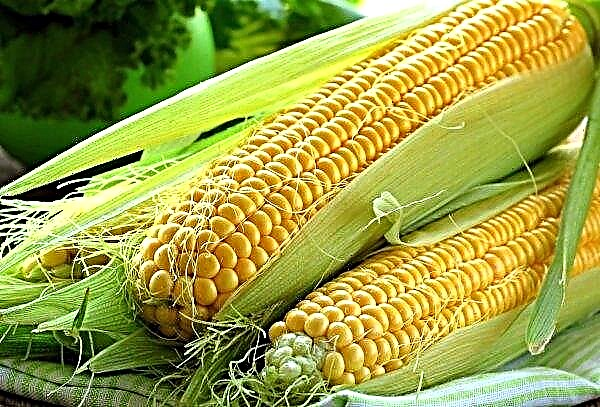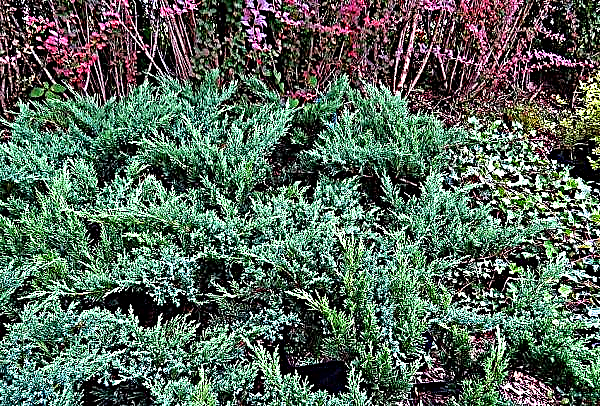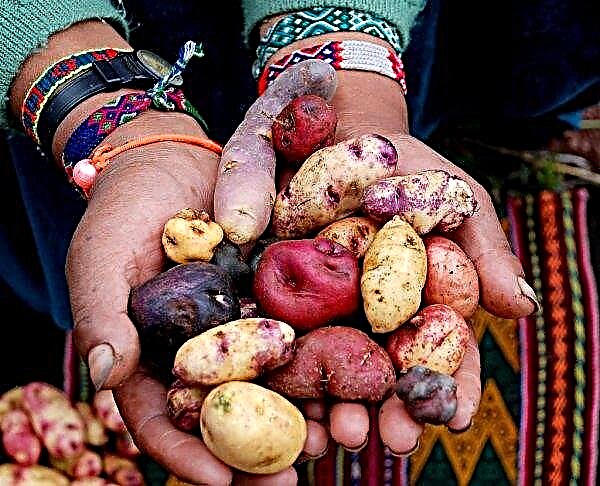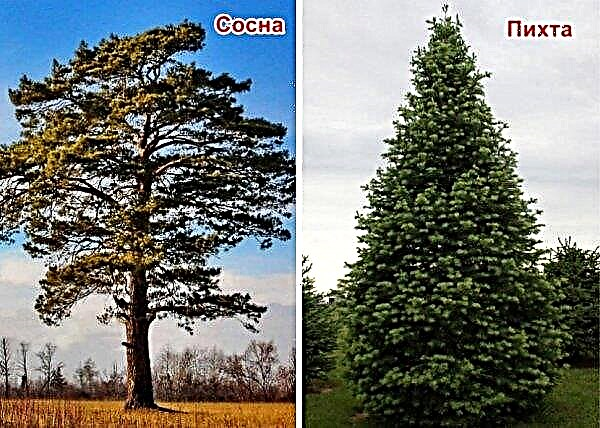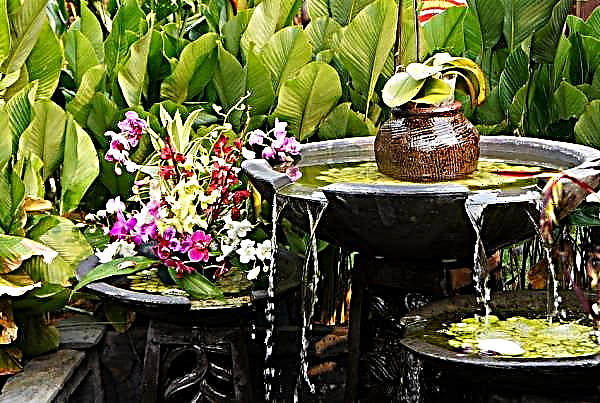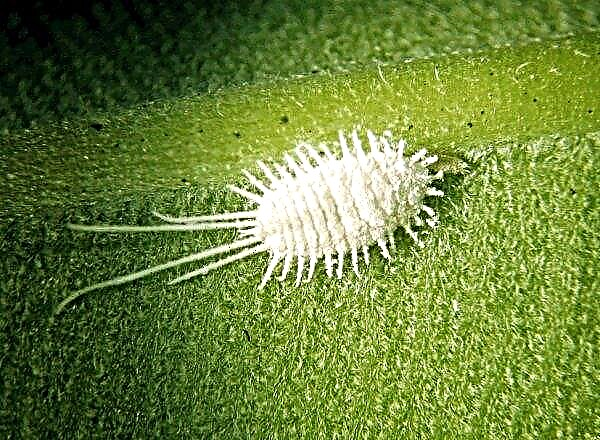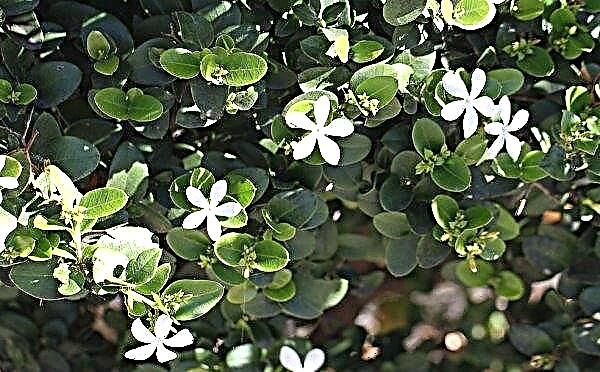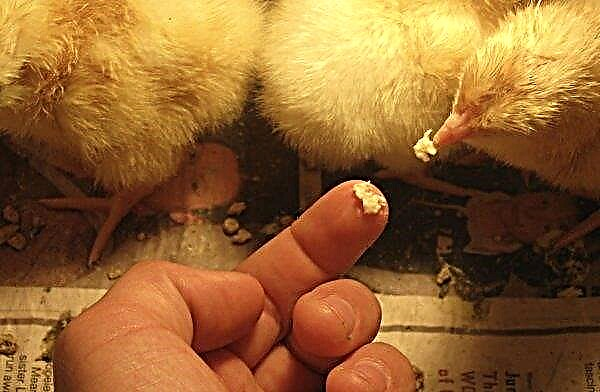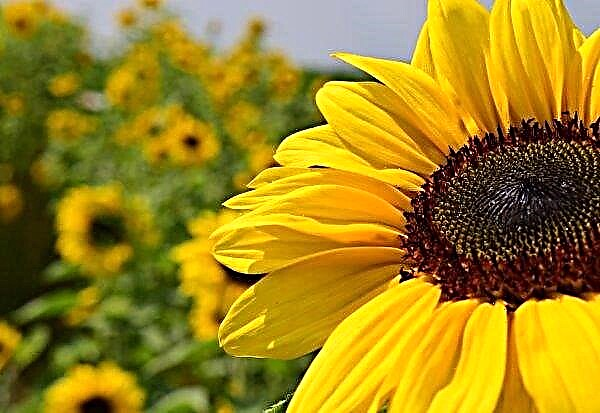Quite often, gardeners are faced with a problem in which apples begin to deteriorate and rot directly on the tree. The reason for this may be dangerous ailments or pests. How to prevent rotting of the fruit, and what to do if the disease has already affected the culture - further in the article.
The main causes of rot
Engaged in growing apples, every gardener wants to get a high-quality, decent harvest of tasty, healthy and aesthetically attractive fruits at the end of the season. However, despite the care and competent care of the apple trees, summer residents often face the problem of the appearance of rot both on the outer cover of apples and on fruits that are rotten inside. There may be several reasons for the appearance of spoiled fruits.
Old trees
At risk of the appearance of a large number of rotten fruits are old trees, over 10-15 years old. Adult plants, even with proper care, regular pruning, gradually lose their productivity, are depleted due to a decrease in immunity, and often undergo various fungal and infectious diseases that cause damage to the fruit.
Did you know? According to statistics, every second fruit tree grown in the world is an apple tree.
To reduce the development of various ailments in old gardens, it is imperative to carry out sanitary and anti-aging pruning of shoots, during which dry, damaged, old or diseased branches should be removed.

Moniliosis or fruit rot
The most common cause of rot on apples is considered to be a fungal disease - fruit rot or moniliosis, which almost every gardener encounters in his practice.
Important! If timely measures are not taken to combat fruit rot, then it will quickly spread to other, nearby garden trees, including plums, cherries and pears.
Recognizing the ailment with an experienced look is quite simple:
- a small spot of brown color forms on the fetus;
- after 6-7 days, the first signs of rot form on the apple;
- specks of gray-white color appear on the rotting surface, which are the site of the development of conidia, that is, a spore of the fungus;
- in the process of spore growth, apples blacken from the inside right on the branch, and eventually fall off.

The danger is that with the number of apples that ripen, the number of infected fruits increases, which can provoke the destruction of the entire crop. It should be noted that, first of all, moniliosis affects damaged fruits, apples with cracked peels or affected by pests.
In addition, the successful development of the fungus is facilitated by warm, humid weather, severe thickening of trees, excessive moisture. Such conditions are an ideal environment for the growth of pathogenic microorganisms, and then the fight against them becomes extremely difficult.
Scab on the fruits
The most dangerous ailment for fruit trees is considered scab - a fungal disease that affects almost all parts of the culture: fruits, leaves, branches, flowers. The scab is especially widespread in regions with high air humidity.
Symptoms by which the described disease can be distinguished are as follows:
- small green spots form on the leaves, which later become darker;
- spots of gray color with a pronounced white rim appear on the fruits;
- the fruits begin to crack and massively fall to the ground.

The fungus can also appear on fruits that are stored in cellars or storages. In such cases, there is a latent form of the disease, and as soon as the incubation period passes, the fruits are covered with characteristic gray spots. The first to be struck are fruits that have any mechanical damage and become “victims” of attacks by insect pests or birds.
Did you know? Apples are not able to drown in water, and all because 20-25% of their weight is air.
Chlorosis apple trees
As you know, apples are considered an excellent natural source of a vital mineral substance - iron. However, like the human body, the fetus may also be deficient in iron, which leads to the development of a serious disease called chlorosis.
The leaves are the first to signal an ailment - they lose their intense color, become pale, begin to turn yellow and become covered with small black dots.

Subsequently, similar symptoms appear on the fruits. As a rule, the main reason for the development of the disease is an insufficient supply of nutrients to the culture, simply put, a deficiency in fertilizers.
In most cases, the plant lacks iron, but sometimes, it needs other minerals:
- pale leaves located in the lower part of the branches indicate a lack of nitrogen;
- weakly pigmented foliage in the middle of the branches indicates a potassium deficiency;
- when spots were formed on the leaf plates, the apple tree did not get manganese and magnesium.
With the development of chlorosis, dark spots on the fruits increase, and eventually affect the entire fruit.
Fly-neighbor
Another fungal ailment that develops well in conditions of high humidity is considered a fly fly.
Important! A fly fly does not pose a threat to human health. Also, the fungus does not adversely affect the taste of the fruit. Heavily affected fruits lose their attractive aesthetic appearance and are not subject to long-term storage.
It can be recognized by the following symptoms:
- numerous small dark dots appear on the apple - spores of the fungus, resembling the excrement of flies. Such points cannot be wiped or washed off, unlike insect traces;
- with full ripening of the fruit, characteristic points can merge and completely cover the surface of the fruit.

Spores of the fungus can easily spread by wind, thus affecting other fruit crops. Successful development of the disease contributes to rainy, cloudy weather, excessive moisture, lingering dew in the morning, frequent fogs, excessive density of the crown. The disease presents a particular danger to plants that grow in lowlands or wetlands.
Methods to Fight Diseases and Pests
Fortunately, today there are enough methods to combat ailments and pests to successfully cope with such problems.
Important! Rotten fruits should not be left on a plot, under a tree or, directly, on a tree. After collecting such apples, they are placed in a compost pit and after two years the rotted substance can be safely used as fertilizer.
The main methods include:
- thorough soil care, which includes clearing the site of weeds, loosening and mulching the soil;
- making the necessary amount of fertilizer;
- properly organized watering of trees;
- regular pruning of dry, damaged or diseased branches;
- preventive treatment of plants with the help of special preparations;
- digging the soil and treating it with a solution of copper sulfate;
- compliance with the basic rules of planting trees.
If any signs of the disease appear on the culture, the fight for destruction should immediately begin. Quite often, gardeners do not pay any attention to the fallen fruits. And it is completely in vain, because they are an excellent seedling of fruit rot and various pathogenic microorganisms, which subsequently affect fruit trees.

That is why, fallen fruits should be completely removed, and the soil around the plant thoroughly cleaned. Also, in order to prevent the spread of diseases, it is necessary to get rid of fruits that begin to rot right on the tree. The most effective method of combating ailments and parasites is the timely and quality care of the garden.
Maintenance work
If the apple trees began to rot directly on the tree, then stopping the process is quite difficult. That is why the main task of the gardener is prevention:
Moniliosis. Preventive spraying of the tree with fungicidal preparations will help prevent the development of the fungus. Three treatments should be carried out during the season: the first during the period of ovary emergence, the second after 2-3 weeks, and the last 30 days before the expected harvest date. For spraying, you can use such drugs: "Fundazole", "Skor" or Bordeaux liquid.
Video: What is moniloise
Chlorosis. The described disease can manifest itself at any time, for example, in spring, autumn or winter, so the fight against it should be carried out systematically throughout the season. Therapy of an ailment begins with treating the tree with special, iron-containing preparations - “Fevorit”, “Agricola” or folk remedies, for example, a mixture of copper sulfate and citric acid.
It is also necessary to enrich the soil using a mixture of humus, vitriol and water. In the case of the progression of the disease, experts advise injecting iron into the trunk of a tree. To prevent the development of chlorosis, it is necessary to strictly control the application of fertilizers, regularly feed the soil with organic products and iron-based complexes.
Scab. At the initial stage of the disease, you can try to overcome the fungus using biological agents - Fitosporin or Gamair, or Bordeaux fluid. Spraying the culture must be carried out several times during the season: during the budding period, at the time of flowering and during the formation of the fruit.
It is equally important to carry out treatment in the fall, before preparing the apple tree for wintering. Unfortunately, in most cases it is quite difficult to stop the scab on the trees using folk methods, so you have to use chemicals, for example, Skor, Raek, Horus.
Video: How to deal with scab on the apple tree
Fly-neighbor. This disease manifests itself as a result of an overabundance of nitrogen fertilizers, high humidity in the area, as well as a large thickening of the tree. Therefore, for the prevention of the disease, appropriate measures should be taken: regularly prune, control the dosage of fertilizers, do not allow excessive soil moisture.
Tips from experienced gardeners
To prevent the development of rot on the fruits of apple trees, experts recommend a series of preventive measures:
- in the autumn to do sanitary pruning of trees;
- all tools used when cutting branches should be treated with disinfectants;
- after harvesting, clear the soil of leaves, plant debris and fallen, rotten fruits;
- when planting seedlings, observe the necessary interval to prevent thickening;
- try not to injure the trees. If this happened, then all places need to be treated with coal or garden varnish;
- in the autumn, remove all apples from the trees without leaving a single one on the branches;
- systematically carry out preventive spraying of plants with fungicidal and insecticidal preparations;
- before wintering, loosen the soil around the plant, mulch with hay or sawdust, cover the trunk with a heater made of "breathing" material.
Did you know? In total, there are over 7,500 apple varieties in the world, while the United States and the People's Republic of China are considered leaders in the cultivation of the described fruits.
The appearance of rotten apples on a tree signals the defeat of the culture by serious fungal ailments, the fight against which must be started immediately. Not only productivity, but also the further “existence” of the tree itself will depend on how quickly appropriate therapeutic measures are taken. And it should be remembered that in the fight against diseases an integrated approach is important, which consists in observing the basic rules of agricultural technology, competent care and regular preventive measures.

